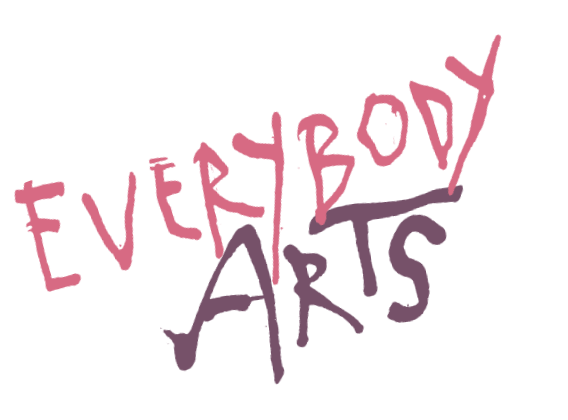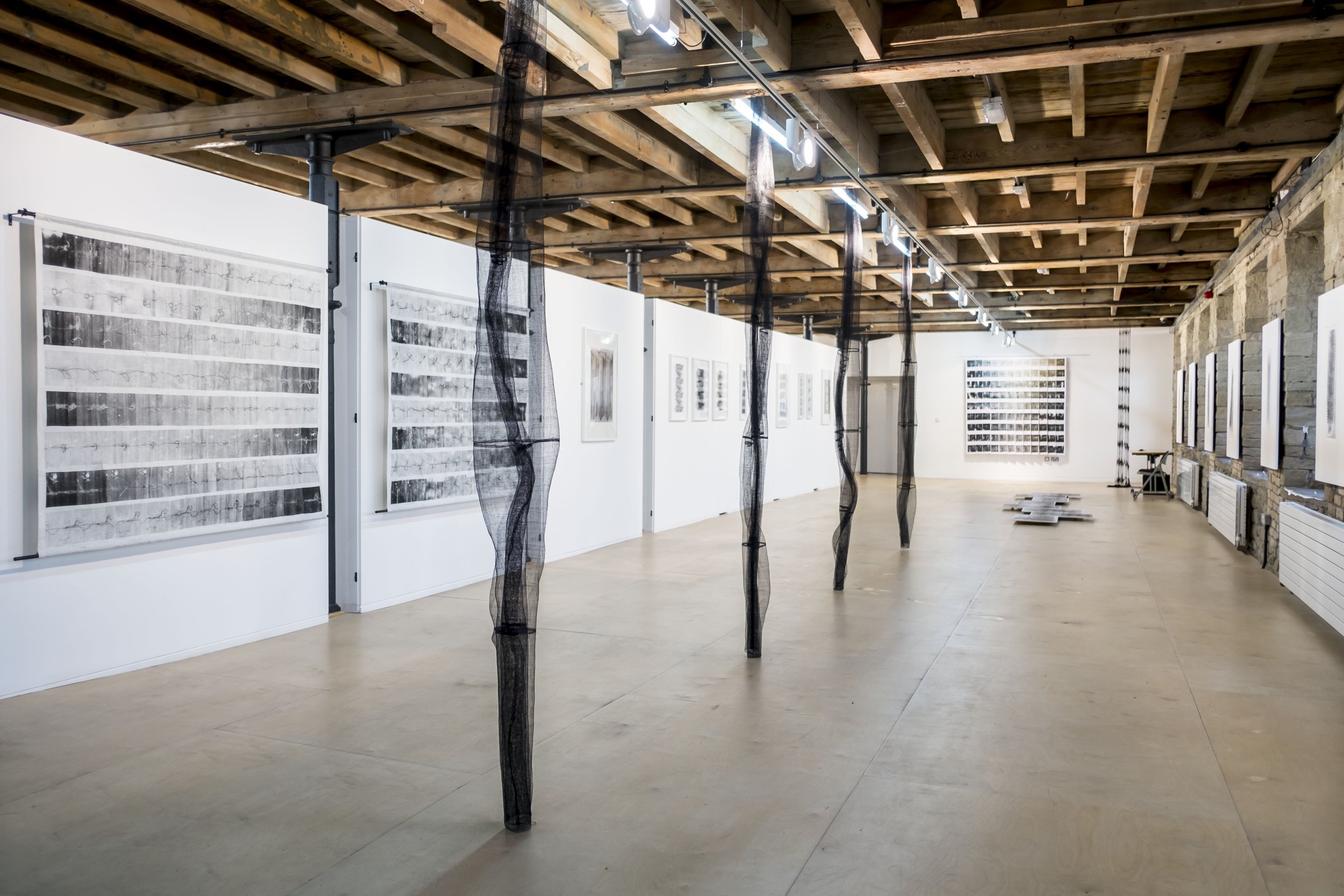Interview with Christine Halsey
Hi Christine, tell us a little about yourself and what you do?
I’m a multi-disciplinary artist. My work has a strong conceptual basis and recurrent areas of interest centre around issues of gender and identity. My choice of media varies substantially, depending on the idea I want to explore. I often use textiles combined with print or other three-dimensional elements and also make short videos. My art is often process-driven and involves a great deal of experimentation with materials and processes.
What is your background in art? And how did you come tot he path you are now on with your work?
I’ve come to practise art quite late in life. My background is architecture and design. Although design fulfils some of me need to be creative, it can often be frustrating. The compromise and negotiation necessary to produce an end product which has to meet so many conflicting requirements often feels creatively limiting.
Just over 10 years ago I took up a part-time HND in Fine Art at Calderdale College. It was during a particularly difficult period in my life when I had young children and lots of responsibilities but very little time. Art allowed me to channel all my pent up emotion and frustration in an expressive and constructive way and was immensely cathartic. It seemed that within Fine Art there were no boundaries to creativity and I knew without a doubt that art was what I wanted to do.
In the years following that HND I juggled a freelance architectural career with bringing up my children and practising art whenever I could. A few years ago I did a part-time MA Fine Art at Leeds Met, and started experimenting with making videos. Some time afterwards I heard about The Artworks and started using the print facilities there whenever I could afford the time. Being in a stimulating environment and meeting likeminded artists has helped to give me the motivation and confidence to persevere. I’m not planning an exhibition in The 1830 Gallery for next summer with the help of The Artworks team. I hope at last it will be the start of my full-time career in Fine Art!
How much of an impact do you feel your background in architecture has on your work and process?
The rigorous logic needed for good design is something which has influenced my approach to art a great deal. By ‘rigorous logic’ I mean having a strong and coherent reason for everything to be the way it is, and leaving out anything which isn’t essential. Whilst some artists work in a spontaneous or subconscious way, I work quite methodically, trying to distill my ideas down to the lowest common denominator, then experimentation for some time before starting a piece of work. In this sense I use the same design process to create a product or building as I do a piece of work.
I really enjoy making site-specific art. I find the idea of using a space or location as the starting point for a piece of work very exciting. That’s directly related to my interest in the way we perceive space and in the way space can affect how we feel. My architectural background has also influenced my appreciation of sculptural form; even my prints have a three-dimensional quality. I am certainly more concerned with light, texture and form than with colour, and as a result my work is often monochromatic but very tactile.
It feels important that the materials I use should not be disguised or coloured so that they appear to be something they’re not. In the same way it’s important that any process I use should be clear. I think this preference for ‘honesty of materials’ is something else I’ve adopted from my architectural background.
What and who do you draw most inspiration from?
My work often has a visceral quality inspired by my fascination with the human body-its form and its components. I think this fascination stems from the intense and contradictory feelings of attraction and repulsion which the human body can evoke. My sculptural work often references abstracted ‘imperfect’ bodies which are distorted, damaged or aged. I return again and again to Lucian Freud’s paintings and Eva Hesse’s textile sculptures which so successfully provoke the same sort of uncomfortable and contradictory feelings in the viewer. I also draw a great deal of inspiration from Doris Salcedo, who achieves a similar tension by combining materials which symbolise the body, or the absent body, such as garments, furniture, hair etc.
I find a lot of inspiration from the effects of light. I’m fascinated by shadows and the patterns of light which surround us, and by the subtleties of translucent materials. This is probably the single factor which has most drawn me to use film as a medium. From the start of my interest in making film I was directed towards the video work of Bill Viola; I think I’m still subconsciously inspired by his appreciation of light and by the beauty of his moving images whenever I hold a video camera.





